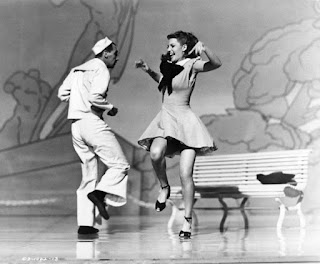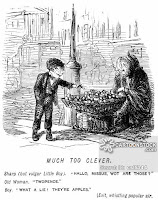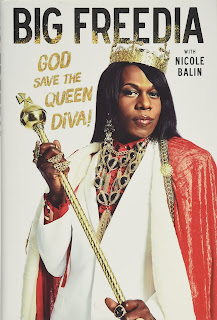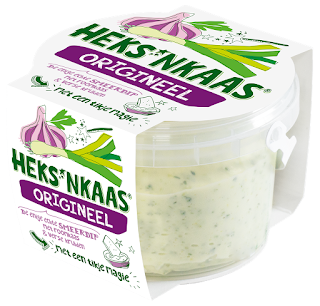Rapper 2 Milly has filed a US copyright infringement and right of publicity lawsuit against the makers of the Fortnite video game claiming that they are violating his rights to a dance move that he created in the very popular video game. The Brooklyn-based rapper, whose real name is Terrence Ferguson, alleges that Fortnite-maker Epic Games is misappropriating his dance moves without permission, compensation, or credit. The dance move at the centre of the controversy was featured in 2 Milly’s 2014 music video for 'Milly Rock' and is "a simple, two-step dance in which the arms circle while the hips swing from side to side".The video for the song had widespread attention, and many other celebrities including Rihanna, Chris Brown, and Wiz Khalifa posted videos on social media of themselves performing the dance. “I don’t feel it’s appropriate that my art (dance), which is a big part of culture, is basically stolen," 2 Milly told the video game news site Kotaku. "The appropriate thing to do is compensate me with a fair amount for my addition to the game.” More on Lexology here and Wired here. The dance is here.
According to China.org.cn, Blockchain technology will be integral to protecting works circulating online - and evidence based on blockchain will be able to be used as evidence in courts in China if necessary. Previously, writers had to rely on screenshots and downloaded content as evidence. Wang Jiangqiao, a judge at the Hangzhou Internet Court said that the court “behave[s] as an ‘incubator’ for Internet space governance, a ‘test field’ for Internet judicial rules, a ‘leader’ for diversified Internet disputes, and a ‘first mover’ for the transformation of Internet trials” with China having “set up three Internet courts in Hangzhou, Beijing and Guangzhou.” The Internet Courts are considered a normal court with the only difference being that it only handles cases relating to the internet. Additionally, it allows cases to be filed through the internet.
Too busy licking his paws after a delicious lunch, the CopyKat almost missed this (well spotted CMU Daily) The European Commission has published its first Counterfeit And Piracy Watch List, which aims to highlight all those naughty boys and girls out there in the ether who have their wicked cyberlockers, stream-ripping sites, P2P services, unlicensed download stores and illegal streaming sites - and which looks suspiciously like the the existing US Notorious Markets list, which is published annually. Its not a copy as its got a different name so that's OK then.
The 'Blurred Lines' saga has drawn to a close after the deadline passed for Pharrell Williams and Robin Thicke to take the case to US Supreme Court. With the 9th Court of Appeal having declined to re-hear the case 'en-banc' that seems to be it to the case that saw a victory for the Marvin Gaye Estate who will now be paid some $5 million in damages for the somewhat jury decision that found the infringement of Gaye's 'Got to Give It Up' and the Estate will also receive 50% of any future royalties generated by the song.
Advocate General Maciej Szpunar has issued an opinion for the European Union's Court Of Justice in long running legal battle between Kraftwerk and rapper Moses Pelham that concludes that using a two second sample of a sound recording without permission does indeed constitute copyright infringement. Kraftwerk's Ralf Hutter sued Pelham in the early 2000s over a 1990s track that the latter had made with the rapper Sabrina Setlur called 'Nur Mir' which used a short sample from Kraftwerk's track 'Metal On Metal' on a loop. Germany's Federal Court found for Kraftwerk, in part on the basis that Pelham could have easily recreated the sound he sampled but four years later the German Constitutional Court overturned that judgement, finding that Pelham's "artistic freedom". outweighed Kraftwerk's copyright claim. As each sound recording is fixed in a particular form - there seems to be no room for manoeuvre for samplers - although of course they can always make their own sound recording. In the UDS the rule seemed clear for a while - if you want to sample a sound recording - how ever briefly - get a licence. This has been watered down of late but Szpunar has taken a hardline approach more consistent with the US 2004 case of Westbound Records and Bridgeport Music v No Limit Films and Szpunar writes: "Artists must be particularly aware of the limits and restrictions that life imposes on creative freedom where they concern the rights and fundamental freedoms of others, in particular their right to property, including intellectual property. In such cases, the balancing of different rights and interests is a particularly complex exercise and there is rarely a 'one size fits all' solution". He adds "That balancing exercise must, in a democratic society, be undertaken first of all by the legislature, which embodies the general interest". The nub of it this: "taking an extract of a phonogram for the purpose of using it in another phonogram (sampling) infringes the exclusive right of the producer of the first phonogram", and that "the exclusive right of phonogram producers ... to authorise or prohibit reproduction, in part, of their phonogram in the event of its use for sampling purposes is not contrary to the freedom of the arts as enshrined in article thirteen of the Charter Of Fundamental Rights Of The European Union".
And finally - it's back to the planned reforms to EU Copyright law and in particular that pesky Article 13 which if implemented as it stands would mean user upload platforms might be liable for infringements by their users in a change to safe harbour provisions. Notably YouTube and Google are up in arms about this. Now in the trilogue phase between the EU Council, European Parliament and the European Commission, it seems the tech sectors constant lobbying might have paid off not least as the proposed final draft of the new European Copyright Directive has failed to find agreement, with each of the three constituents having it's own version - with the European Parliament's closest to what Google wants and the Commission offering a compromise - and so this will now be pushed back into January 2019. A consortium of companies and trade groups speaking for the copyright industries has now published an open letter expressing concerns about any Article 13 compromise saying "As we reach the very final stages of this process, and negotiators seek to finalise a compromise text, we urge you to remember that the overall aim of the original European Commission proposal was to correct the distortion of the digital market place caused by user-upload content services, which enable users to upload content onto their sites and then profit from the availability of creative content without returning fair revenues to rightsholders, who create and invest in such content" and that only the safe harbour restrictions outlined in existing drafts of the directive will "meaningfully address" this issue. In the US, America's Computer & Communications Industry Association has taken u the tech sectors baton when responding to a call for submissions by the US Trade Representative on the latest round of talks about a possible trade agreement between the US and the EU, again criticising Article 13 saying "The proposed copyright directive disrupts settled law protecting [internet] intermediaries by weakening established protections ... and by imposing an unworkable filtering mandate on hosting providers that would require automated 'notice-and-stay-down' for a wide variety of copyrighted works. If adopted, the directive would dramatically weaken these long-standing liability protections which suggests that most modern service providers may be ineligible for its protections".





























